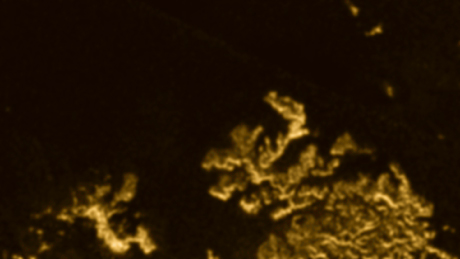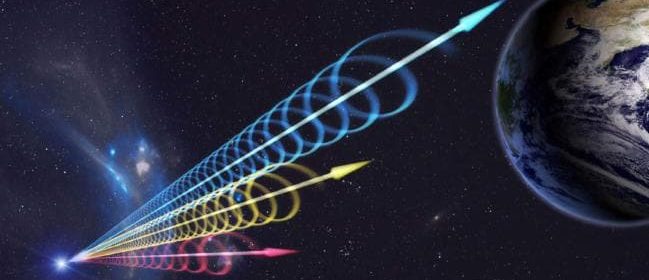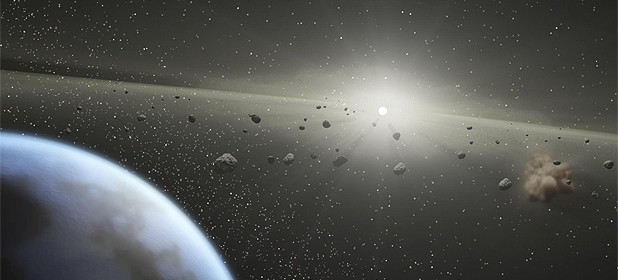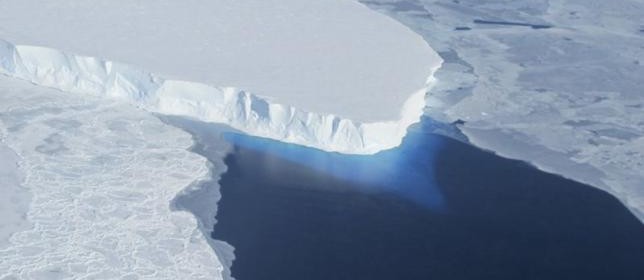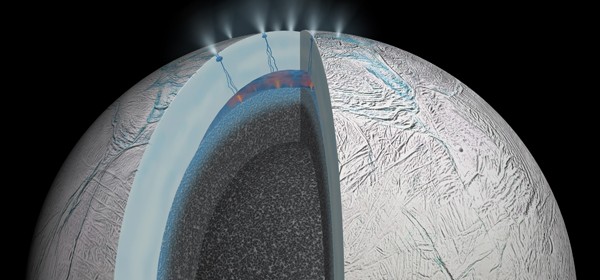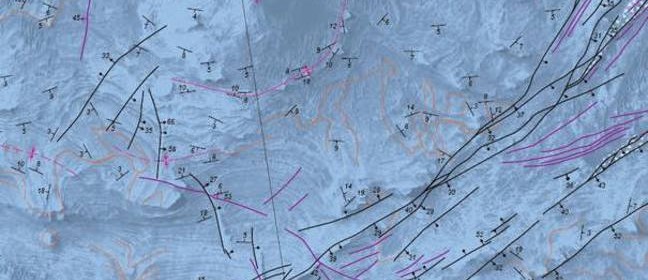Russia has plans to nuke Earth-bound asteroids, if necessary

From 2012 to 2015, Russia researched ways of deflecting Earth-bound asteroids using nuclear weapons and came up with a best-case scenario. The Central Scientific Research Institute of Machine Building, an arm of Russia’s state-run Roscosmos space agency, worked on the asteroid problem with other countries (including the United States) in a program called NEOShield, which was largely funded by the […]
Read more
